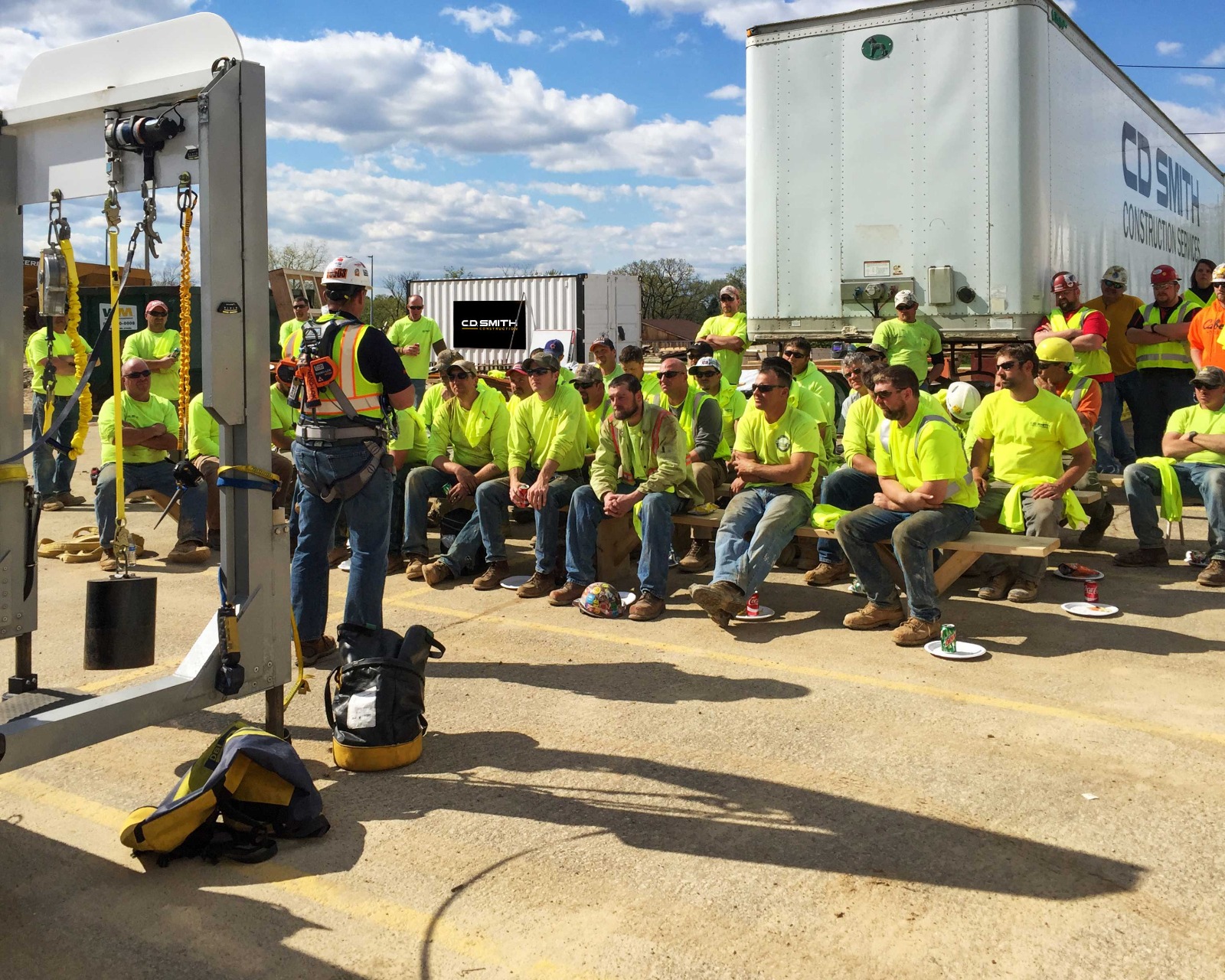In today’s fast-paced digital world, Safety chat platforms have become essential tools for organizations aiming to protect their employees, clients, and data. As businesses increasingly rely on real-time communication, selecting the right safety chat platform ensures secure, efficient, and reliable interactions. This article explores the key features every company should know when choosing and implementing a safety chat platform, helping you make an informed decision to safeguard your organization.
What Are Safety Chat Platforms?
Safety chat platforms are communication tools designed with enhanced security features to protect sensitive conversations from cyber threats, data breaches, and unauthorized access. Unlike typical messaging apps, these platforms focus on confidentiality, compliance, and risk management, making them indispensable in sectors such as healthcare, finance, education, and corporate environments.
Why Are Safety Chat Platforms Crucial for Companies?
Modern companies face numerous challenges in maintaining secure communications:
- Increasing cyber-attacks and data breaches
- Regulatory compliance requirements (HIPAA, GDPR, etc.)
- The need for remote and hybrid work communication
- Protecting proprietary and confidential information
Using a dedicated safety chat platform addresses these challenges by offering tailored security measures and communication controls that standard messaging tools lack.
Key Features Every Safety Chat Platform Should Have
When evaluating safety chat platforms, companies must prioritize specific features that guarantee security without compromising usability. Below are the essential features that should be present in any reliable safety chat platform.
End-to-End Encryption
End-to-end encryption ensures that messages are only readable by the sender and recipient, preventing third parties, including the platform provider, from accessing conversations. This feature is non-negotiable for companies dealing with sensitive or confidential data.
User Authentication and Access Controls
Strong authentication protocols, such as multi-factor authentication (MFA), prevent unauthorized users from accessing the platform. Additionally, role-based access controls enable companies to restrict who can view or send certain messages, maintaining strict control over communications.
Compliance and Regulatory Support
A good safety chat platform must comply with relevant industry regulations, such as HIPAA for healthcare or GDPR for businesses operating in the European Union. This ensures that the platform supports secure data handling, audit trails, and legal accountability.
Secure File Sharing
Many business communications involve sharing files and documents. Safety chat platforms should provide encrypted file sharing to protect attachments from interception or unauthorized access.
Message Retention and Archiving
Proper message retention policies help companies maintain records for compliance, auditing, or dispute resolution. Safety chat platforms should offer customizable retention settings and secure archiving options.
Real-Time Monitoring and Alerts
For organizations with critical security needs, real-time monitoring and automated alerts for suspicious activities or policy violations are vital. This feature enables quick responses to potential threats or breaches.
User-Friendly Interface
Security should never come at the cost of usability. Safety chat platforms need intuitive interfaces that encourage adoption among employees while maintaining strong security standards.
Cross-Platform Compatibility
Employees use different devices and operating systems. A versatile safety chat platform must support desktop, mobile, and web applications to enable seamless communication regardless of location or device.
Benefits of Implementing Safety Chat Platforms
Investing in a safety chat platform offers numerous advantages beyond enhanced security:
- Improved Communication Efficiency: Instant, secure communication reduces delays and miscommunication.
- Reduced Risk of Data Breaches: Advanced encryption and access controls minimize vulnerabilities.
- Regulatory Compliance: Automated features simplify adherence to laws and industry standards.
- Enhanced Collaboration: Secure group chats and file sharing promote teamwork while safeguarding data.
- Peace of Mind: Companies gain confidence knowing their conversations are protected.
How to Choose the Right Safety Chat Platform for Your Company
Selecting the right safety chat platform requires thorough evaluation based on your company’s unique needs. Consider the following steps:
Assess Your Security Requirements
Identify your industry regulations, data sensitivity, and internal policies to understand the level of security needed.
Evaluate Platform Features
Compare safety chat platforms against the features listed above, prioritizing those that align with your requirements.
Test Usability and Integration
Ensure the platform integrates smoothly with your existing tools and that employees find it easy to use.
Review Vendor Reputation and Support
Choose vendors with proven security track records and reliable customer support to assist during implementation and operation.
Consider Scalability
Your chosen platform should grow with your company, accommodating more users and advanced features as needed.
Common Challenges When Implementing Safety Chat Platforms
Despite their benefits, companies may face obstacles when adopting safety chat platforms:
- Resistance to change from employees accustomed to traditional messaging tools
- Balancing security features with user convenience
- Ensuring full compliance with evolving regulations
- Managing costs related to licenses and ongoing support
Addressing these challenges requires clear communication, comprehensive training, and ongoing evaluation of platform effectiveness.
Future Trends in Safety Chat Platforms
Safety chat platforms continue to evolve, driven by technological advances and emerging threats:
- AI and Machine Learning: Automated threat detection and response for faster issue resolution.
- Integration with Other Security Systems: Unified platforms that connect chat with broader cybersecurity tools.
- Enhanced Privacy Features: Greater control over data sharing and anonymization techniques.
- Focus on Remote Work Security: Optimized solutions for decentralized teams and cloud environments.
Staying informed about these trends helps companies maintain robust security postures.
Conclusion
Safety chat platforms play a pivotal role in protecting company communications in an increasingly digital world. By understanding the essential features—such as end-to-end encryption, compliance support, and secure file sharing—organizations can choose platforms that not only secure their conversations but also enhance productivity and compliance. Selecting the right safety chat platform requires careful consideration of security needs, usability, and vendor reliability. As cyber threats continue to grow in complexity, investing in a robust safety chat platform is no longer optional but a business imperative for any company serious about safeguarding its data and reputation.



